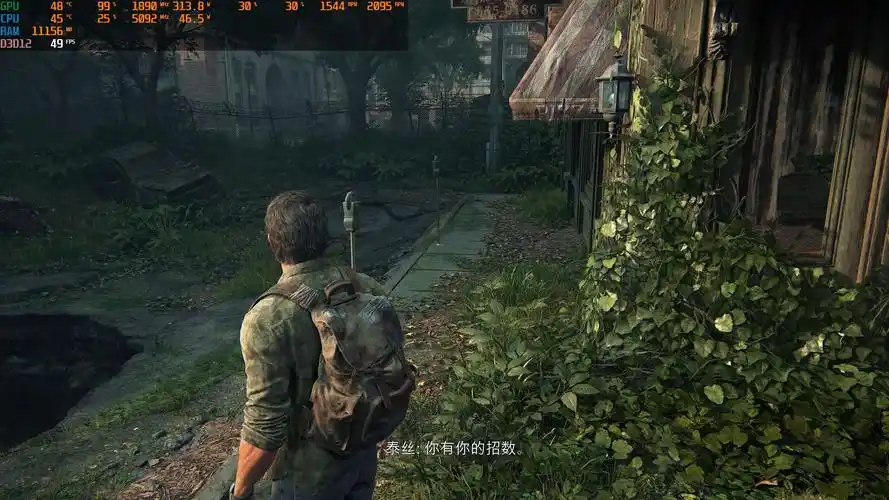Animal Crossing: New Horizons - Fossils: Identification Guide Accuracy - A Review
By [Your Name]
Introduction
Animal Crossing: New Horizons (ACNH) has captivated players with its charming gameplay, relaxing atmosphere, and detailed mechanics—one of which is fossil collection. Fossils play a crucial role in completing the museum and earning Bells, but their identification can sometimes be tricky. Many players rely on in-game guides, online resources, or apps to help identify and assess fossils.
This review examines the accuracy of fossil identification guides available for ACNH, comparing in-game information with external resources, and evaluating their usefulness for players.
The Fossil Collection Process in ACNH
Before diving into identification guides, it's essential to understand how fossils work in New Horizons:
- Digging Up Fossils – Each day, four to five fossils spawn randomly on the player’s island.
- Assessment by Blathers – Players must take unidentified fossils to Blathers at the museum to have them assessed.
- Donation or Sale – Once identified, players can donate new fossils to the museum or sell duplicates for Bells.
Given that some fossils are rare and completing the collection takes time, players often seek external guides to track their progress.
Types of Fossil Identification Guides
Several types of guides exist to help players identify fossils:
1. In-Game Descriptions
After assessment, Blathers provides a brief description of each fossil, including its scientific name and real-world counterpart. While informative, these descriptions don’t help before assessment, meaning players must still visit Blathers to identify fossils.
2. Online Databases & Wikis
Websites like Nookipedia, Animal Crossing Fandom Wiki, and IGN provide comprehensive lists of all fossils, including images and names. These are highly accurate but require manual cross-referencing.
3. Mobile Apps & Companion Tools
Apps like ACNH Travel Guide and ACNH.Guide allow players to track their fossil collections. These tools often include visual references, making identification easier.
4. Fan-Made Visual Guides
Some players create illustrated guides that categorize fossils by appearance (e.g., skulls, torsos, tails). While helpful, these can sometimes be misleading due to artistic interpretations.
Accuracy of Fossil Identification Guides
✔ Pros of External Guides
- Efficiency – Players can quickly check which fossils they already have without visiting Blathers.
- Comprehensiveness – Wikis and apps list all fossils, including rare ones, helping completionists.
- Visual Aids – Many guides include images, making it easier to match dug-up fossils with their names.
✖ Cons & Potential Inaccuracies
- Outdated Information – Some early guides contained errors before all fossils were fully documented.
- Misleading Visuals – Fan-made illustrations may not perfectly match in-game models, leading to misidentification.
- Over-reliance on Apps – Some apps may have bugs or incomplete databases, causing incorrect tracking.
Best Practices for Fossil Identification
To maximize accuracy when using fossil guides:
- Cross-Reference Multiple Sources – Check both wikis and apps to confirm fossil details.
- Use High-Quality Visual Guides – Look for guides with in-game screenshots rather than illustrations.
- Update Companion Apps – Ensure your tracking app is up-to-date with the latest ACNH data.
- Consult Blathers When Unsure – If a fossil’s identity is unclear, visiting Blathers remains the most reliable method.
Conclusion
Fossil identification guides for Animal Crossing: New Horizons are generally accurate and incredibly useful for players aiming to complete their museum collections. While minor discrepancies exist in fan-made resources, official wikis and updated apps provide reliable information.

For the best experience, players should combine in-game assessments with trusted external guides. Whether you're a casual player or a completionist, these tools can make fossil hunting in ACNH much smoother.
Tags: #AnimalCrossing #ACNH #FossilGuide #GamingTips #NintendoSwitch #MuseumCompletion











